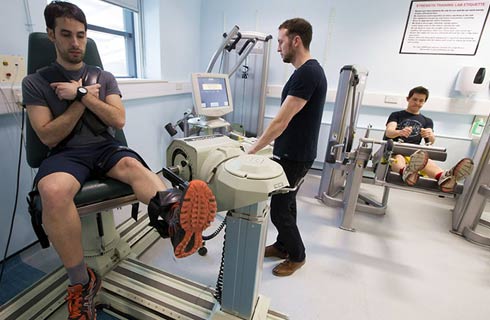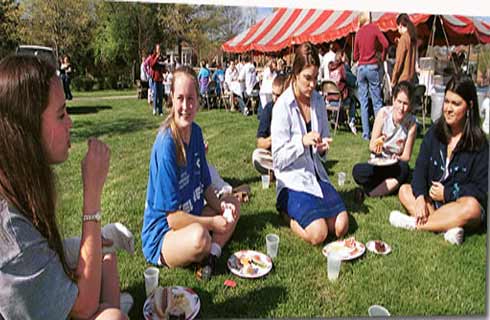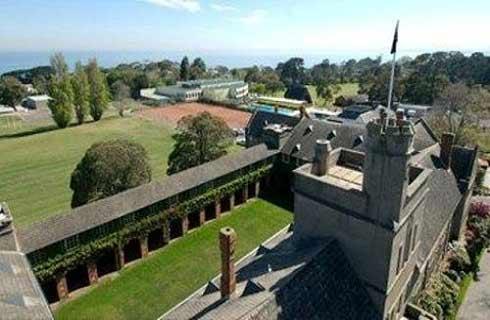Bachelor of Science in Family and Consumer Sciences - Culinary Science and Nutrition

佐治亚大学

QS排名:
国际学生入学条件
To apply to the University of Georgia, you will need to provide: Transcript from your graduating high school, SAT/ACT scores, Secondary School Report/Counselor Recommendation, Teacher/Other Letter of Recommendation. For first-year admission, UGA requires that an applicant submit an official score report for either the ACT or SAT. Scores must be submitted electronically by the respective testing agency. UGA will not accept scores that appear on your high school transcript, nor will we consider paper reports. All first-year applicants should submit a School/Counselor Evaluation Letter, as well an optional academic Letter of Recommendation from a teacher or guidance counselor. The only minimum requirements to UGA are set forth by the Board of Regents (BOR) for the state of Georgia, and they are as follows: SAT minimum requirements for research universities-SAT CR: 430, SAT M: 400 or ACT E: 17, ACT M: 17. If a student takes the SAT or ACT more than once, we will consider the best scores we receive for each section on either exam. Meet English Proficiency Requirements: TOEFL 80 or IELTS 6.5
展开
IDP—雅思考试联合主办方

雅思考试总分
6.5
了解更多
- 雅思总分:6.5
- 托福网考总分:80
- 托福笔试总分:160
- 其他语言考试:NA
CRICOS代码:
申请截止日期:请 与IDP联系 以获取详细信息。
课程简介
The UGA Culinary Science and Nutrition Program offers an interdisciplinary curriculum that integrates principles of food science, nutrition, and the culinary arts. A Culinary Science and Nutrition degree prepares students for careers with food industry, research or manufacturing companies in areas such as food production operations, quality assurance and control, and food research and quality development. Culinary Science and Nutrition majors examine the functions of ingredients in foods and food products. Students also learn how to conduct analytical evaluation of foods, including color, pH, viscosity, and moisture content. Sensory characteristics (appearance, aroma, taste, flavor, texture) which impact consumer acceptance of food products when ingredients are modified or removed are also examined. Students learn to apply this knowledge to the selection, preparation, and processing of food in commercial and industrial environments.
展开
相关申请

预科

奖学金

实习机会

在校学习

跨境学习

校园授课-线上开始

在线/远程学习
学校排名
世界排名
401
数据源:泰晤士高等教育世界大学排名

关于佐治亚大学

乔治亚大学历史悠久,校园内最为古老的学建立于1801年,在大学部课程方面,提供了173个不同领域中19种的学士学位,而在研究所课程方面,提供了130个不同领域中25种的学士学位,丰富而多样的课程内容,让许多海内外的学生都将乔治亚大学列为主要选择之一。乔治亚大学开设79种学位项目,每年招收26000多名本科生和9000多名研究生。该校在《2011美国新闻与世界报道》的全美公立研究型大学排第18位, 其传播学院与公共行政学院更为全美最顶尖的五所学校之一, 并为美国电视花生人奖(peabody Awards)的主办大学, 被誉为美国南方三所公立常春藤大学之一。乔治亚大学拥有不少历史建筑群与美国南方特色建筑, 大部分皆座落于南与北校园, 除了传统历史建筑外, 最近十几年乔治亚大学不断的扩建硬件设备, 包括新的学生活动中心, 学生学习中心,大学艺术博物馆及演奏厅和全新的新学生宿舍。乔治亚大学位于佐治亚州东北部的雅典城(Athens),距州府亚特兰大90公里,是全美国最大的大学城之一。乔治亚州农业很发达,旅游业也很盛, 每年由州外之地来此游乐的人, 花费多至四亿美元。雅典城附近为幅员辽阔的森林,十分潮湿。这里气候变化明显,夏天为潮湿的天气,平均温度摄氏20度-32度。冬天气候干冷,会到摄氏零度左右。雅典城每年有许多艺术文化的盛宴,生活便利,课业之余可以参观城内的博物馆、艺术馆,或是从事户外的休闲游憩活动。





































